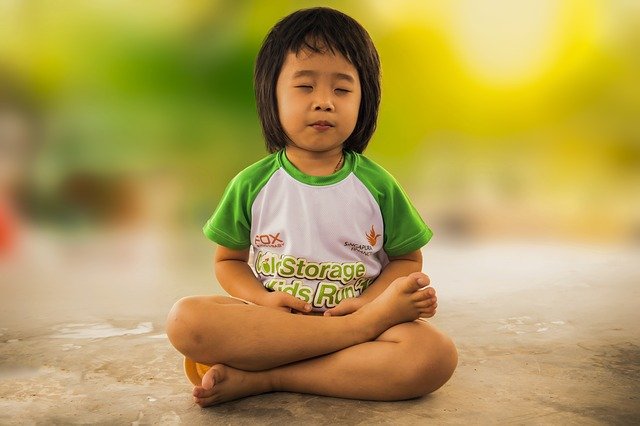Jon Kabat-Zinn, founder of Mindfulness-Based Stress Reduction (MBSR) and meditation teacher and practitioner for over 40 years, is offering an online course in mindfulness meditation which he calls, Opening to Our Lives. Jon is the author of several books on mindfulness and the one that had the greatest impression on me is Coming to Our Senses: Healing Ourselves and the World through Mindfulness. Jon explains that the title is intended to be interpreted both literally (e.g., learning how to access our “tastescape”) and metaphorically (that is waking up to the wonder of our senses and the world they give us access to).
In his 8-week online course, covering both video and audio offerings as well as resource material, Jon provides insights, practices, and encouragement to be in the present moment rather than being preoccupied with doing or lost in thought about the past or the future. He argues that we miss out on much of the richness of our life, both our inner landscape and outer world, because we are not fully present most of the time.
Jon explores key aspects of mindfulness in his course (which provides life-time access on purchase):
- Mindfulness explained – Jon draws on his definition of mindfulness which emphasises being consciously and purposely present in the moment while doing so in a non-judgmental way. He addresses our tendency to be self-critical and to develop negative stories about ourselves. Jon highlights the healing power of mindfulness and its capacity to enrich relationships. He also provides a guided sitting meditation.
- Mindful Breathing – we are so often unaware of our breath and its power to relax us, open us to what is happening to us and to ground us in turbulent times. Jon provides a mindful breathing practice that deepens our experience of ourselves and our world.
- Developing a meditation practice: Jon stresses that establishing and sustaining a meditation practice requires clear and focused intention as well as the discipline of daily practice. Maintaining motivation is a key issue and is reinforced through continuous awareness of the benefits of meditation practice.
- Body awareness – Jon stresses the importance of being grounded in our body and offers a body scan meditation to enable us to be fully aware of our own “embodiment” – being fully present to our own bodies, our senses, and bodily sensations.
- Movement meditation – Jon explains the power of Tai Chi and yoga as mindfulness-in-action and their role in helping us to reduce stress. He emphasises the mind-body connection and the capacity of mindfulness to heal both the mind and body.
- Relationship to the world – Jon makes the point that through self-awareness and self-regulation developed through mindfulness, we can be a positive force in the world by bringing joy, appreciation, and respect for diversity in our daily interactions. He stresses the capacity of mindfulness to build our resilience in times that are challenging.
Jon also offers two live Q & A sessions where he addresses questions about content covered in the course and offers ways to address difficulties with establishing and maintaining meditation practice.
Reflection
As we grow in mindfulness through meditation and learning from experienced teachers and practitioners like Jon Kabat-Zinn, we can enrich our own lives and those of people we interact with. We can progressively achieve some clarity about our life purpose and how we can make a difference in the world, especially during these challenging times.
______________________________________
Image by OLEKSII ALIEKSIEIEV from Pixabay
By Ron Passfield – Copyright (Creative Commons license, Attribution–Non Commercial–No Derivatives)
Disclosure: If you purchase a product through this site, I may earn a commission which will help to pay for the site, the associated Meetup group and the resources to support the blog.

